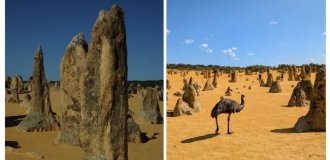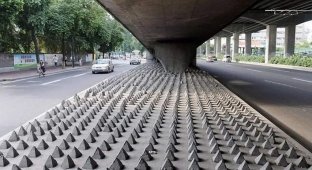What is a guri or why stone towers cannot be built and destroyed (6 photos)
What do the pyramids of stones that can be found in many parks in the world, and why you don't need to build your own stone towers. 
Building stone towers is a favorite practice of many tourists, but such entertainment can harm national parks. It is also not necessary to destroy such stone pyramids, because someone is here left, perhaps on purpose. 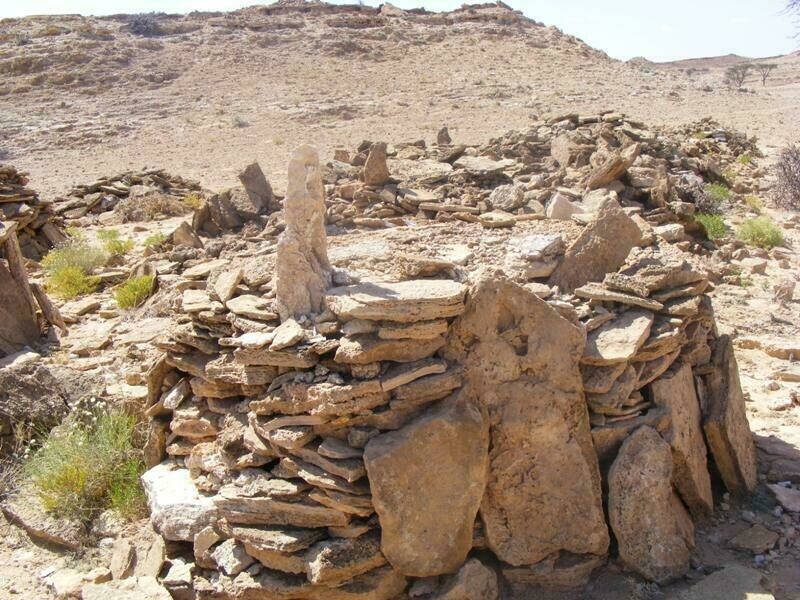
Ancient pyramids in Somalia
Similar pyramids have been used since prehistoric times as signs, they indicated paths, direction of movement, and large clusters of stones may even have been shelter from the wind. These towers have even the name: in Russia they are called tour, or gurii. 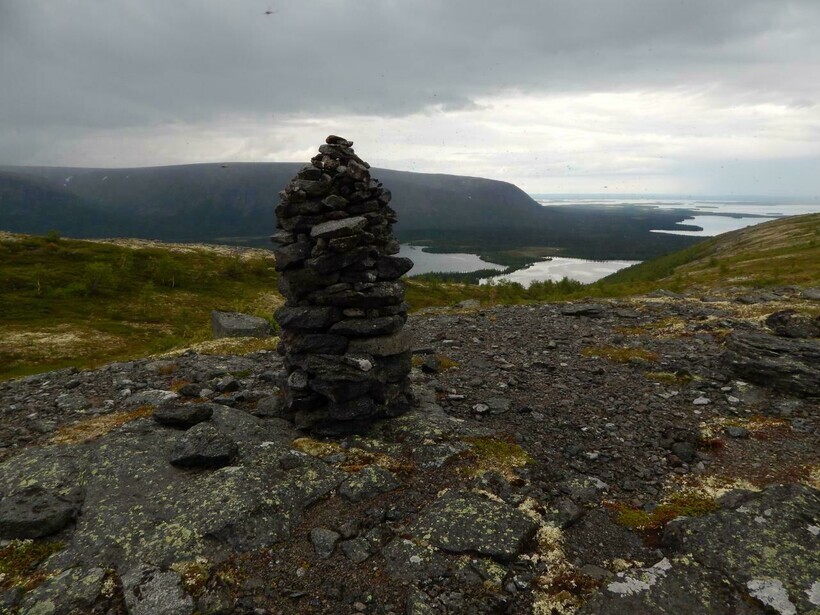
Gury on Mount Ninchurt in the Arctic.
Stones are still used today in many parks of the world as pointers, so the new turret nearby may be misunderstood. In addition, any movement of stones harms the environment: can dislodge plants or provoke soil erosion. In addition, under stones can be inhabited by insects or small animals, and the movement of "houses" will only disturb them. She lives under rocks and tourists are constantly building of them turrets and move in every possible way, which is why the unfortunate rodent in the last decades the strongest stress. 
Stone Tower in Hawaii Walkinos Park, Hawaii.
Cairns of stones come in different sizes, in some corners of the planet and today they are used for reference. For example, in Hawaii Walkinos National Park in Hawaii on the towers really guided by experienced travelers. Many tours in the Arctic too: often with with the help of stones they indicated some important location, also under a pile stones could bury the dead polar explorers. 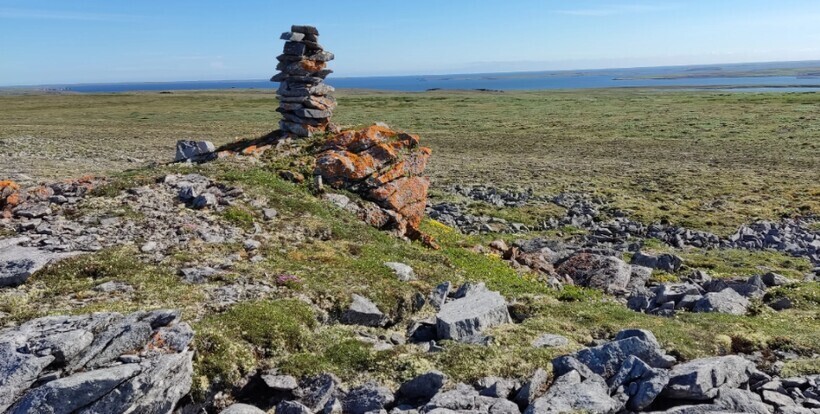
Guri in the Arctic.
In some regions, stone pyramids have a sacred character. For example, if you go to Khakassia, Tyva, Buryatia or travel around Mongolia, you will surely meet a huge number of stone structures. Some of them will be big. pyramids resembling towers, but there will also be small patterns of stones, laid out directly on the ground. Among the Turkic-Mongolian peoples they are called obo, they were laid out on roads, paths, mountain passes, next to lakes or river banks. Sometimes they are very large and decorated with ribbons and cloth. 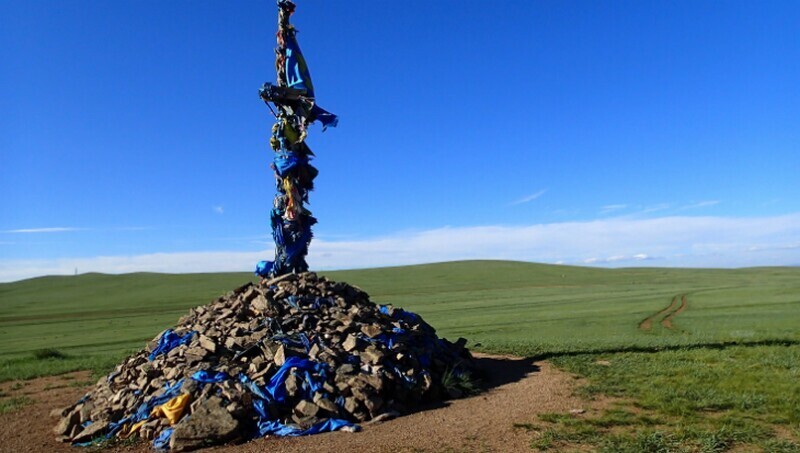
Obo in Mongolia.
But obo for the local population is not only a landmark, it is sacred structure, a place of worship for the spirits that guard these territory. Such a spirit could be a shaman or a long-dead ancestor. Travelers try to leave him a small offering, and sometimes several once bypass the obo to show respect and bow to the spirit. So it is unreasonable to build your pyramids nearby or destroy existing ones. Besides while hiking and traveling it is better to adhere to the rule - do not leave traces behind.




